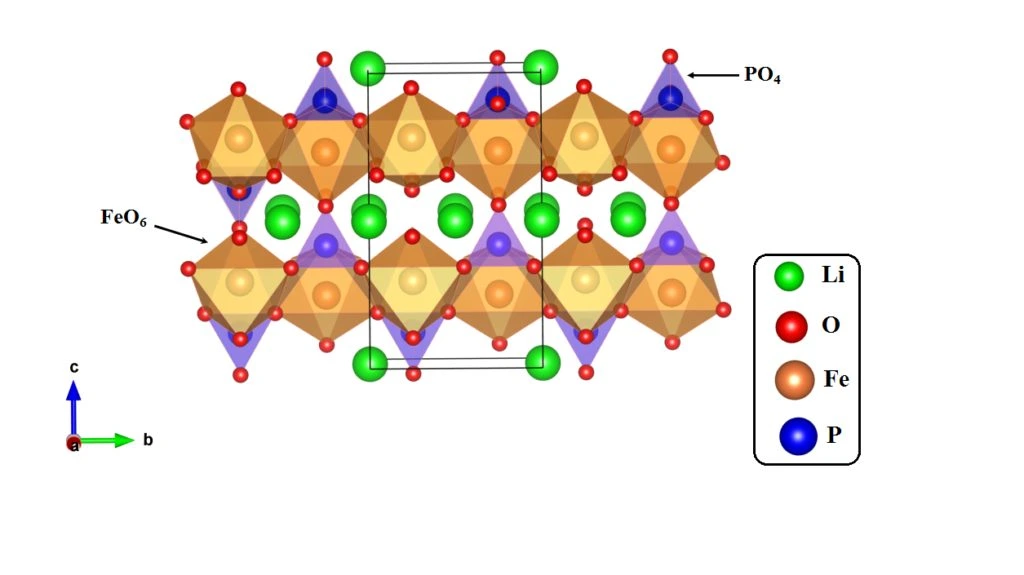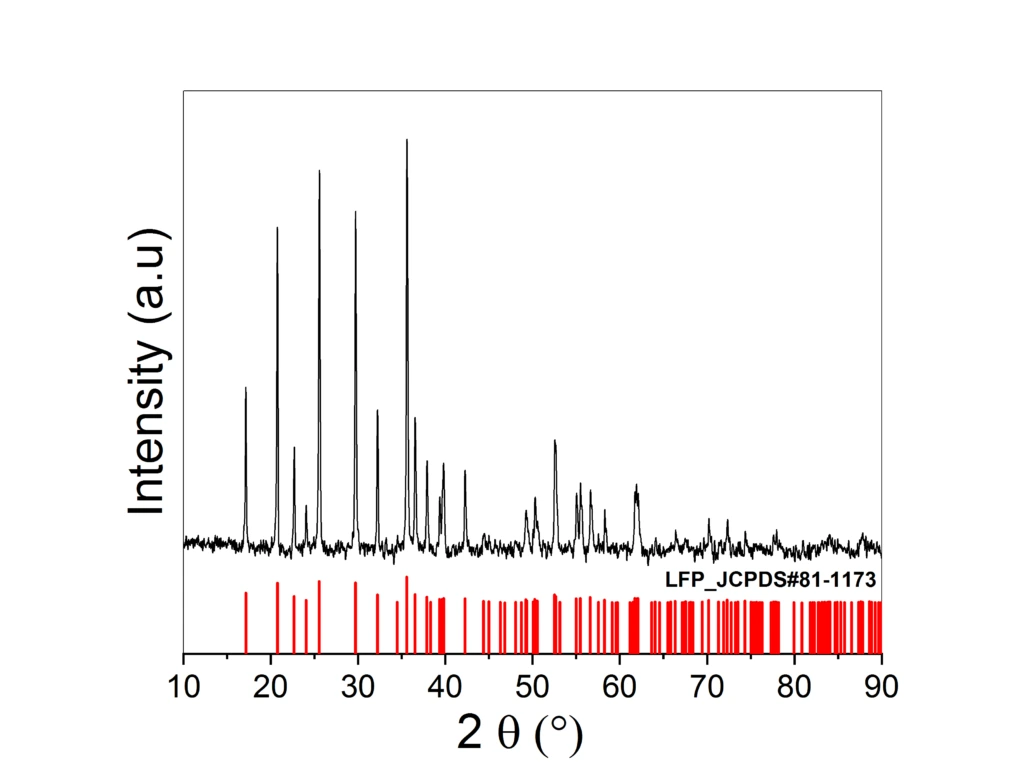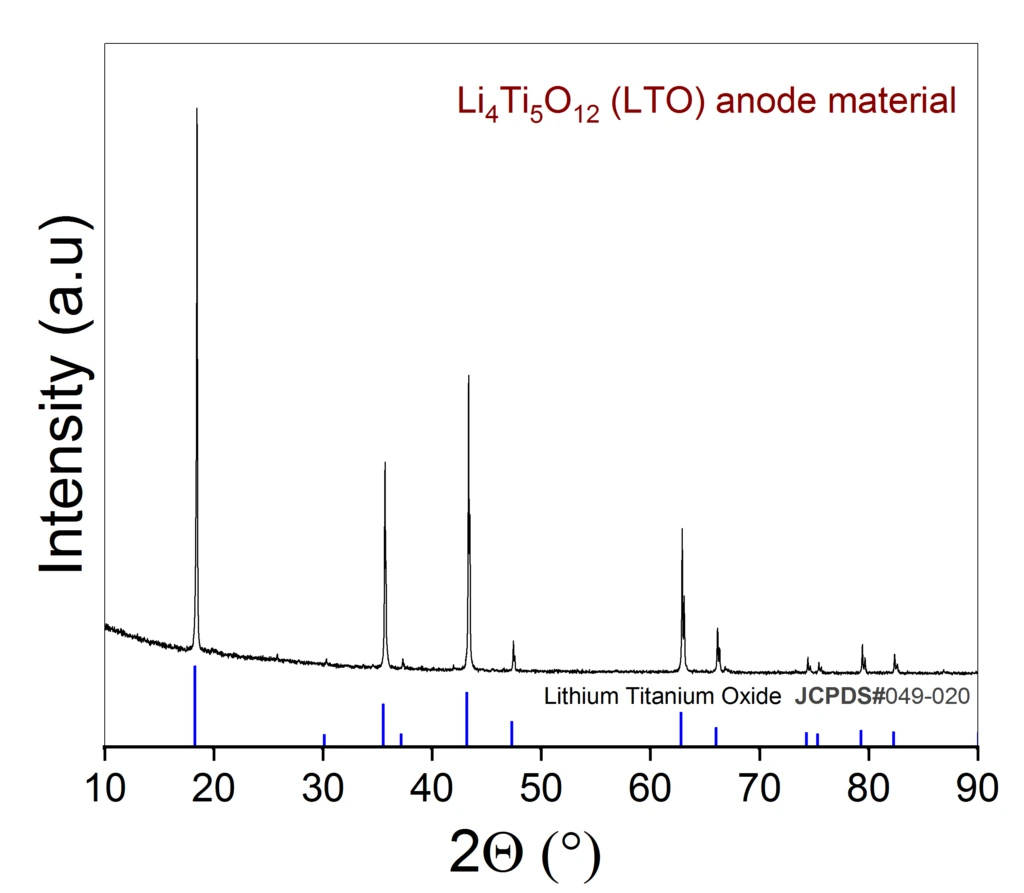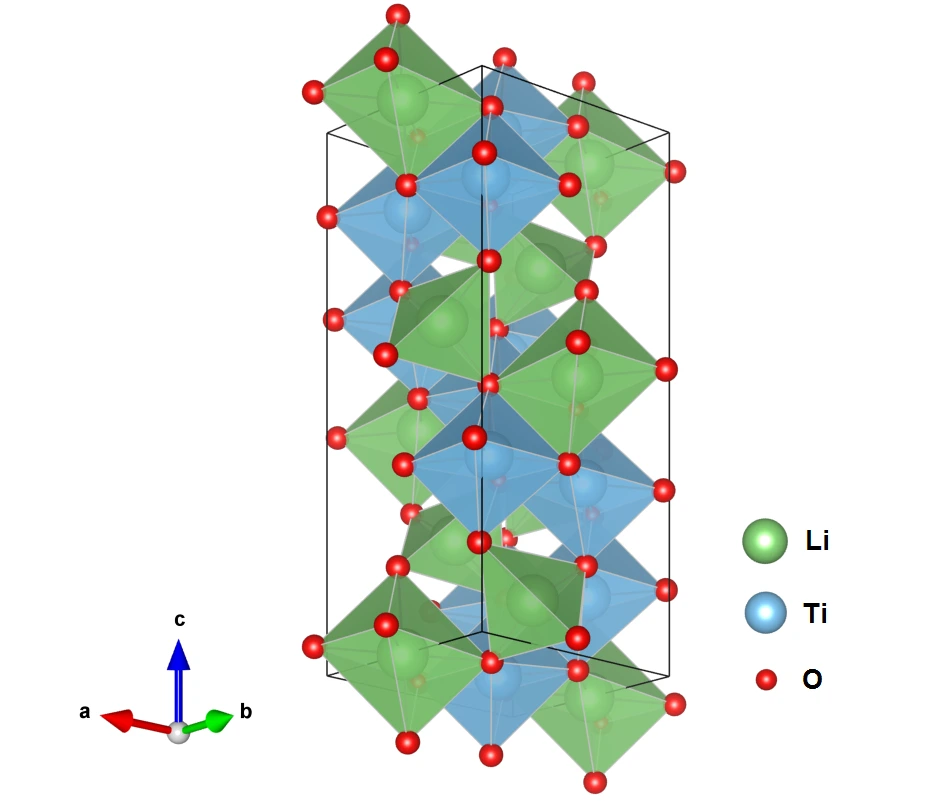Pioneering Lithium Energy Storage Solutions
Driving the future of energy through innovative research and advanced lithium storage technology.

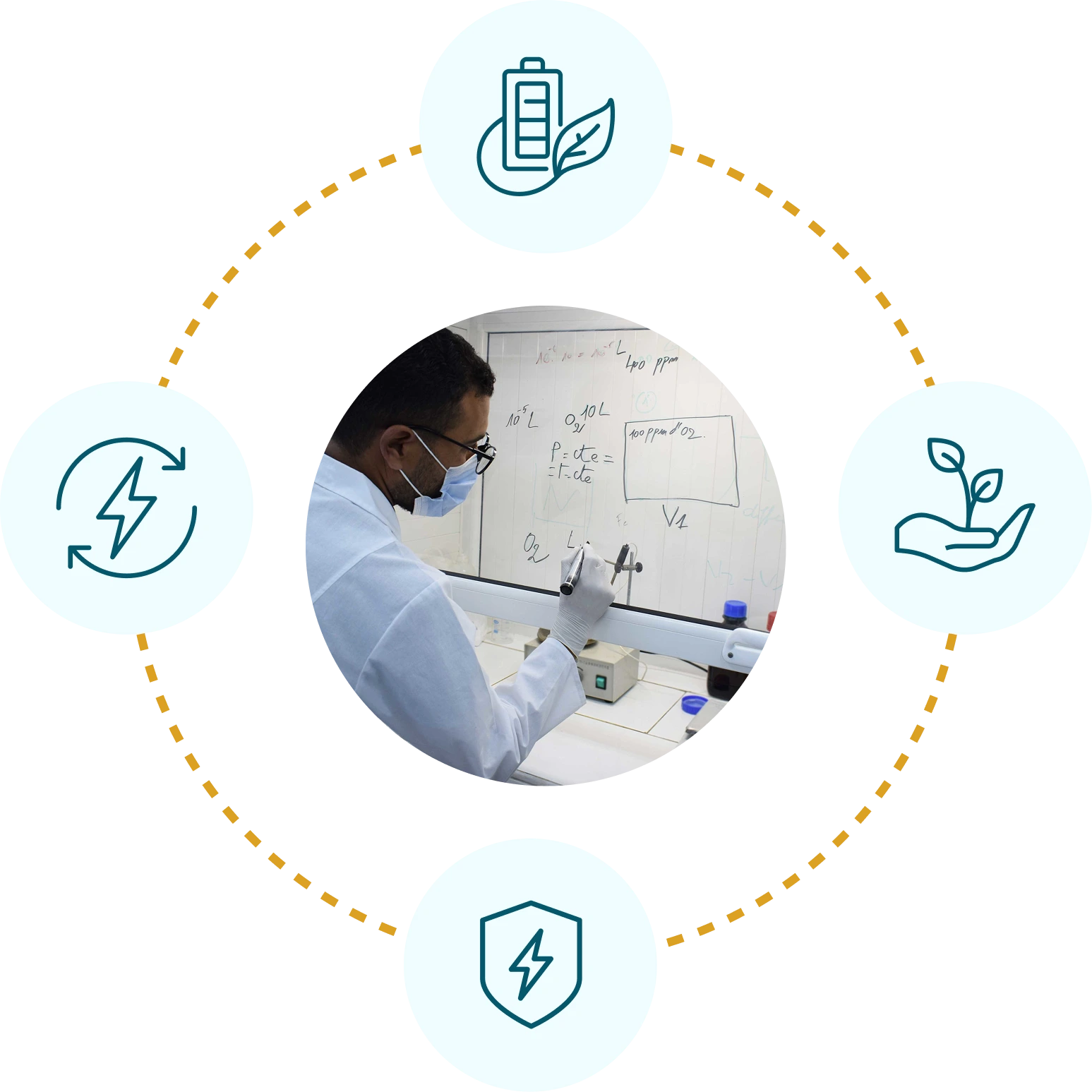
Innovating for a Sustainable Energy Future
At Starz Energies, our dedicated PhD team of reaserchers drive innovation in energy storage technologies, staying at the forefront of advancements. Through continuous research and development, we focus on creating scalable, efficient, and safe solutions for tomorrow’s energy needs. Our R&D process blends cutting-edge technology with strong engineering principles, tackling current challenges while anticipating the energy demands of the future. By combining expertise and innovation, we aim to push the boundaries of energy storage to deliver reliable, future-proof solutions.
- Strategy
- Objectives
Our Strategy
Since 2017, Starz Energies has focused on advancing energy storage technologies, starting with LFP, NMC, and LTO battery chemistries. Our in-house R&D lab, equipped with cutting-edge machinery, enables us to refine these technologies and develop supercapacitors for hybrid battery packs. With our pilot lines, we scale and validate these innovations. We are also advancing lithium recycling, extraction, and processing, with a new recycling line to further scale these sustainable technologies.
Our Objectives
Innovate in energy storage technologies and excel in research and development.
Optimize manufacturing for sustainability and minimize environmental impact while exploring eco-friendly materials.
Expand market reach through strategic collaborations, entering new markets, and integrating energy storage solutions seamlessly.
Diversify energy storage products and services to meet evolving customer needs and adapt to changes in the energy landscape.
Improve the efficiency of existing storage technologies for increased costeffectiveness and reliability.
Foster global collaborations with entities, research institutions, and governments for collective growth.
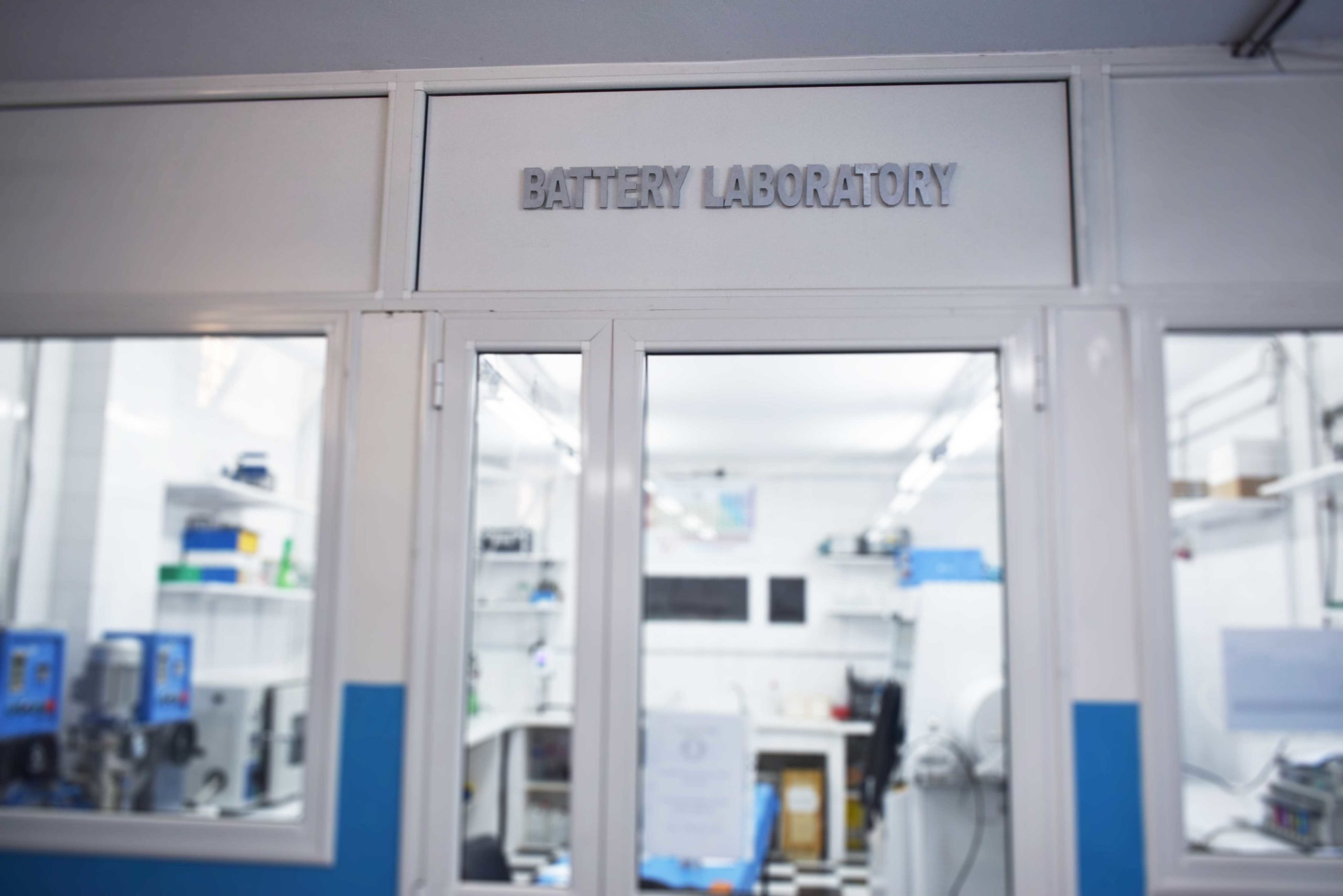
Cells
Nickel Manganese Cobalt (NMC) and Lithium Iron Phosphate (LFP) technologies offer high-powered cell performance compatible with virtually any Lithium-ion application. They deliver more power and more extended life.
LiFePO4 18650 and 32650
Rechargeable cells and LiFePO4 prismatic cells, suitable for all types of applications.
Item
Specification
Standard Voltage
3.7V
Standard Capacity
5000mAh
Capacity Range
4800~5100mAh
Cut-off Voltage
3.65±0.05V
Cut-off Current
0.01 C
Discharge Cut-off Voltage
2.0V±0.05 V
Discharge Rate
≤3%
Charge Method
CC-CV
Cycle Life
≥2000 cycles
Working Temperature
Charge:0°C~55°C
Discharge:-20°C~60°C
Humidity range
0~90%RH
Storage Temperature
-20°C ~ 45°C
Cell dimension
Height (H): 67.6±0.4 mm Max
Diameter(Ø): 32.05±0.05 mm Max
Weight
145±2g
Lithium Nickel Manganese Cobalt Oxide (LiNiMnCoO2)-NMC 18650
Rechargeable cells for high energy density usages.
Item
Specification
Nominal Voltage
3.7V
Max Charge Voltage
4.2 ±0.05 V
Nominal Capacity
2200 mAh at 0.5C
Rated Capacity
2150 mAh at 0.5C (Discharge the cell from 4.2V to 2.75V by 0.5C current)
Discharge Cut-off Voltage
2.75±0.05 V
Standard charging current
0.5C (1100 mA)
Standard discharge current
0.5C(1100mA)
Max charge current
2C(T≥10°C) 0.5C(10°C>T≥0°C)
Max discharge current
2C(T≥0°C) 1C(0°C >T≥-10°C) 0.5C(-10°C >T≥-20°C)
Max recommended charge and discharge cell body temperature
0_ 45°C Discharge_-20_60°C
Maximum short term allowable charge and discharge cell body temperature. Charging and discharging at these conditions will shorten cell cycle life
_50°C Discharge_ 60°C
Humidity range
0~90%RH
≤60 mΩ(AC Impedance, 1000 Hz)
Cell dimension
Height (H): 65.0 ±0.3 mm Max Diameter(φ) :18.4 ±0.1mm Max
Weight
45±1g
Expertise
LFP Solutions
In our laboratory we have applied the solid state, sol gel and co-precipitation synthesis methods to fabricate LFP/C, LCO, LMO, and NMC cathodes materials for Lithium-ion batteries (LIBs).
Fig.1 shows the X-ray diffraction (XRD) pattern of LiFePO4/C prepared in Starz Energies lab. The experimental data can be indexed to single olivine phase with a Pnma space group, without signs and traces of impurities (JCPDS81-1173).
In nature, LiFePO4 crystallizes in orthorhombic Olivine-type structure (Fig.2), with space group Pnma, and is known as triphylite.
The lattice parameters are a=10.33Å, b=6.01Å, and c=4.69Å; the unit cell volume is V=291.2Å3.
Expertise
LTO Solutions
Spinel lithium titanium oxide (Li4Ti5O12, LTO), a high lithium insertion/extraction voltage of approximately 1.55 V (vs. Li/Li+) and excellent cycle stability, has been successfully prepared.
Figures 2a shows the XRD patterns of Li4Ti5O12 powder. All diffraction peaks were in accordance with the standard diffraction pattern of LTO, Powder Diffraction File (PDF) number 049-0226, which can be indexed to a cubic Spinel structure with the space group of Fd-3m.
Figures 2b show the unit cells of Spinel lithium titanium oxide (Li4Ti5O12, LTO), which belong to the Fd-3m space group (No. 227).
Supercapacitor Research & Development
Our R&D efforts are focused on advancing supercapacitor technology to improve the performance and lifespan of hybrid battery packs. Beginning with optimizing power density, energy efficiency, and cycle life, our research explores new materials and refines supercapacitor chemistry to push the limits of energy storage. Equipped with state-of-the-art machinery, our in-house lab enables us to scale and validate these advancements through a dedicated pilot line.

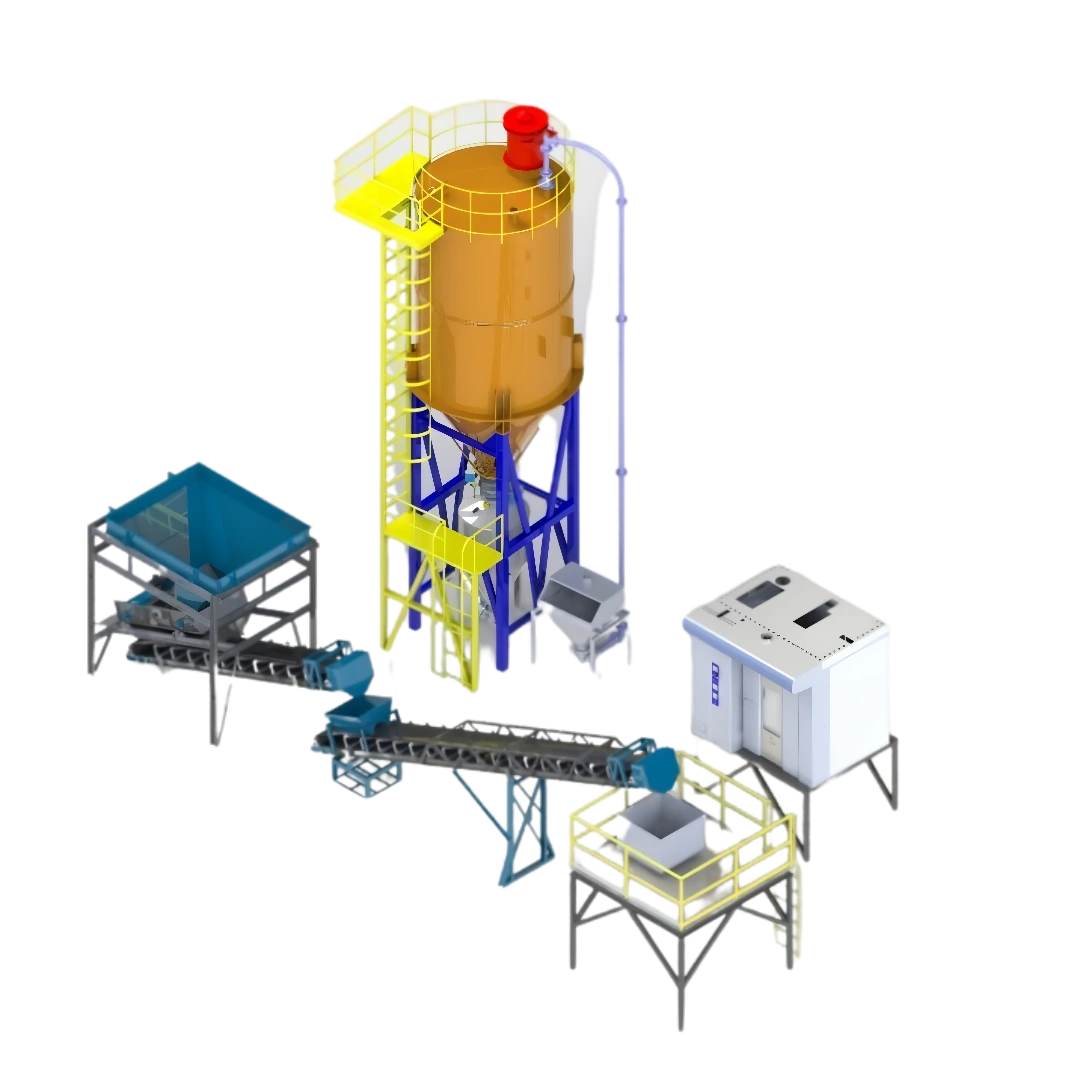
Lithium Recycling, Extracting and Processing
At Starz Energies, we are strategically relocating our Lithium Recycling, Extraction, and Processing project to the United States. This decision is backed by the collaboration between our innovative technology and the growing power demands in various U.S. states.
The move not only emphasizes our commitment to environmental responsibility but also positions us as a specialized solution provider for the growing lithium demands in battery production.
Starz Energies boasts a dynamic and diverse team with extensive expertise in clean energy manufacturing.

